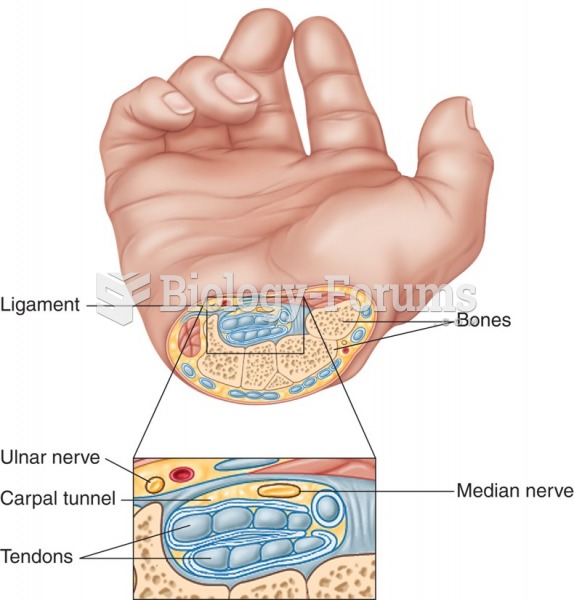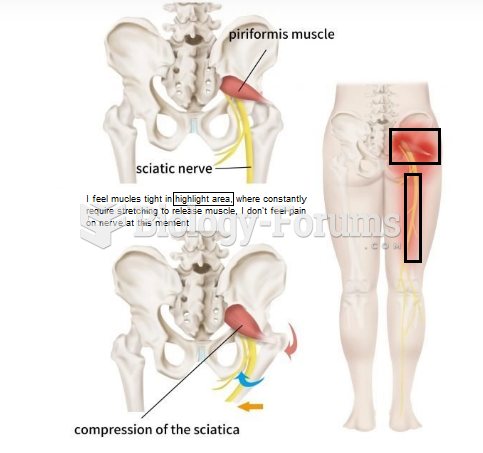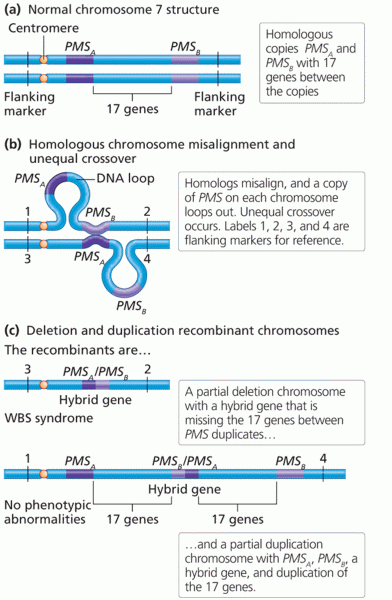Answer to Question 1
ANSWER: The multidisciplinary team is composed of professionals from those disciplines designed to work with infants and children with disabilities. In this case the team could consist of the following professionals: an audiologist to determine whether there is a hearing loss; an early childhood special educator to plan and implement an intervention program; a physician to determine whether health problems exist and to plan treatment; an ophthalmologist to determine whether a vision loss exists; an occupational therapist and physical therapist to assess self-help, independence, and motor skills, and to
develop intervention plans; a psychologist to provide comprehensive documentation of the child's strengths and weaknesses and to work with the family on stress-related issues; a social worker to work with the family in implementing appropriate child- rearing strategies and in locating needed services; and a speech-language pathologist to assess the need for services and to design and deliver those services.
Answer to Question 2
ANSWER: Early intervention provides support and services to optimize a child's development as soon as the disability is detected. Several studies (for example, Skeels and Dye ,1939; Abecedarian Study, 1972; and the High/Scope Perry Preschool Study) have documented the improvement made when children receive early intervention. The professionals involved with early intervention include speech-language therapists, audiologist, ophthalmologist, early childhood special educator, physician, nurse, physical therapist, psychologist, and social worker. Several different types of inventions include speech therapy, physical and occupational therapy, activity-based intervention programs, family-centered programs, and RTI model activities.







